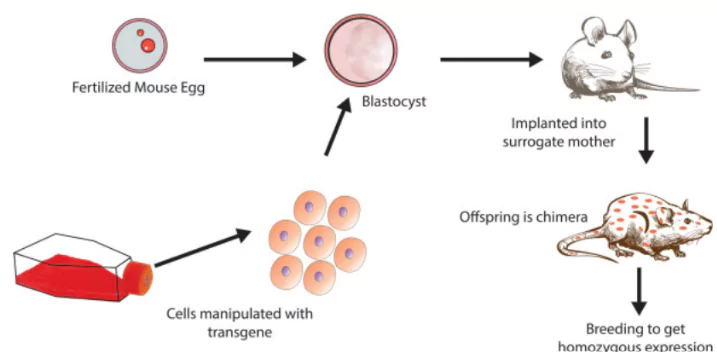![]() 24 Mar 2025
24 Mar 2025

The USA President has raised concerns about wasteful spending by the USA government on transgenic research projects sparking a conversation around the utility of such research.
 Techniques:
Techniques: <div class="new-fform">
</div>
